
We are standing outside the Old Fort when Ahmed, with suspicious enthusiasm, launches into a colourful story about an Arab princess called Salome. Suspicious, because how someone can be so chipper in this heat is beyond me. As he drones on, pausing ever so slightly to adjust his kofia (hat), I momentarily pause my frantic self-fanning antics as I am gently transported to a Stone Town of 1866, when this fort, upon whose walls I now lean, would have been used as a Zanzibar garrison and prison. By Wendy Watta.
Merchants, I imagine, would have been haggling about the price of a kilo of cloves, a young girl energetically grating the coconut to be used for supper on a mbuzi (a wooden coconut grater with a seat), an adventurer from across the seas setting foot on ‘zinj-bar’ soil for the first time, and for Princess Salme, utterly scared of the whispers in the palace and her brother the Sultan’s reaction to finding out that she was pregnant by their German neighbour.
Find out about Zanzibar for your next African safari. We have ready-made safaris to choose from, or ask us to build one just for you.
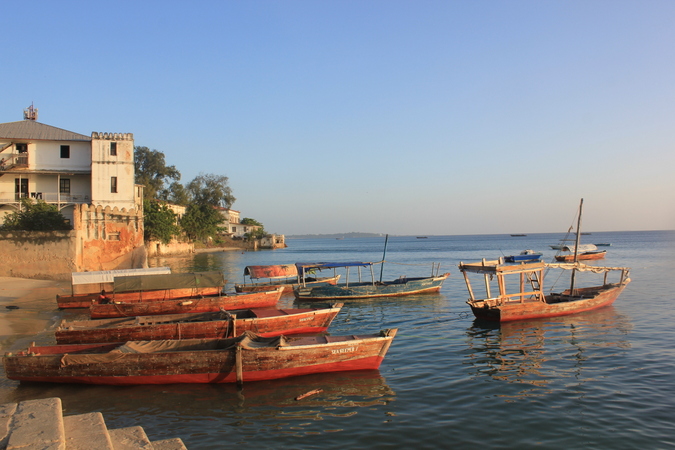
I am yanked out of my reverie by a cat – these lanky felines that slink proudly along the barazas (public meeting place) – and when you come face-to-face along the narrow streets, it is you that has to move out of the way.
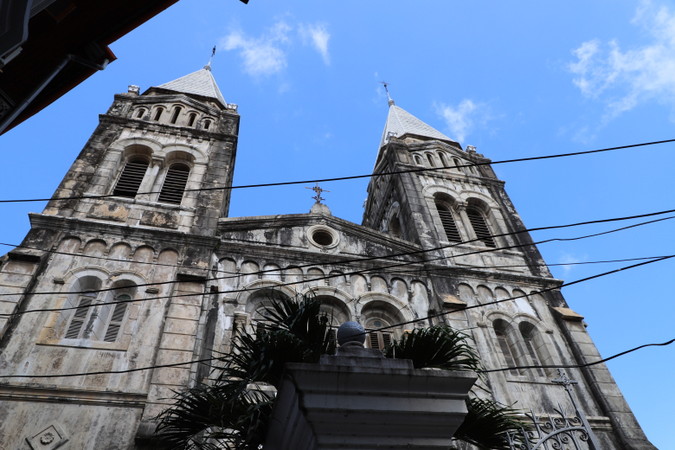
This being my second visit to Stone Town, hiring Ahmed to take me on a walking tour was a smart idea. My first visit, I’m afraid, was wasted because I mostly wandered around aimlessly, overwhelmed by the beauty, with no real insight into the rich history.
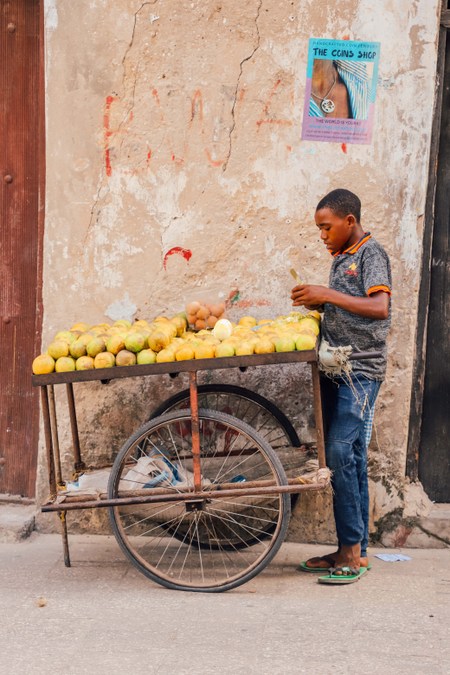
Much like streets in similar places like Lamu Old Town in Kenya, the pathways are narrow and maze-like, lined with curio shops and art dealers, and after a couple of turns, start to blend into one another in their similarity. Brightly coloured scooters whizz past, and jumping out of the way in time is sometimes an extreme sport.
Women swathed in colourful kangas and beautiful buibuis gracefully sashay along with handwoven baskets in hand, on their way to or from Darajani Market, which is the main bazaar in town. Gentlemen play a complex board game of bao, the winner clapping animatedly and talking smack to his opponent, and I am so intrigued that I buy a set.

After a few pointers from Ahmed, I enjoy trying to distinguish between the beautiful, intricately carved Arab and Indian doors with their shiny golden brass studs. If a place ever so deserved to be called charming, it would be this town.
I fall in love with its very essence, African, Arab, Indian, Persian and European influences distinct in everything from the people to the mosques, churches, bazaars, architecture and food. Stone Town is picture-perfect, and I’m altogether too happy to get lost in it.
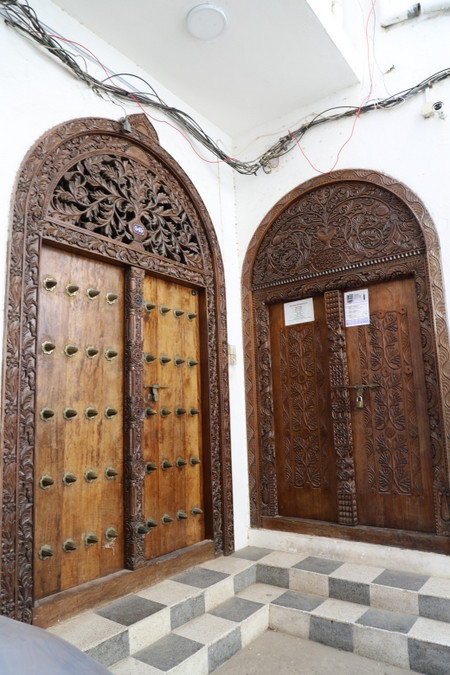
Do not miss…
JAW’S CORNER
We intended to walk past this street where four of the town’s winding alleys intersect, but we stayed for the people watching. It is hard to miss, distinguished by a large painting on the wall of the poster of Steven Spielberg’s classic 1975 movie, after which it is named. Here, a mzee (old man) brews strong, black, Arabic-style coffee in steel kettles balanced precariously over a small charcoal jiko. The beverage is cheap, and if you are an extrovert, there is a high chance you will be roped into a debate about anything from politics and history to clothing.
Should you wish to call a lover living somewhere overseas, there is a long wooden pole with an out-of-order rotary-dial telephone and a cheeky sign announcing “free international calls”.

FORODHANI GARDENS NIGHT MARKET
This is a glorious seafront night market bustling with tourists and locals alike, with numerous vendors selling local dishes all being cooked on the spot. The entertainment of the evening is by way of local teenage boys jumping off a perimeter wall in turns, posing and making faces mid-air, before splashing into the water below.
If you can get a place to sit, stick around for some people-watching —a great way to gain insight into the way of life here. An array of local dishes such as urojo (also called Zanzibar mix) are available, but be sure to try the Zanzibar pizza whose origins trace back to Oman, of which the island was once a colony.
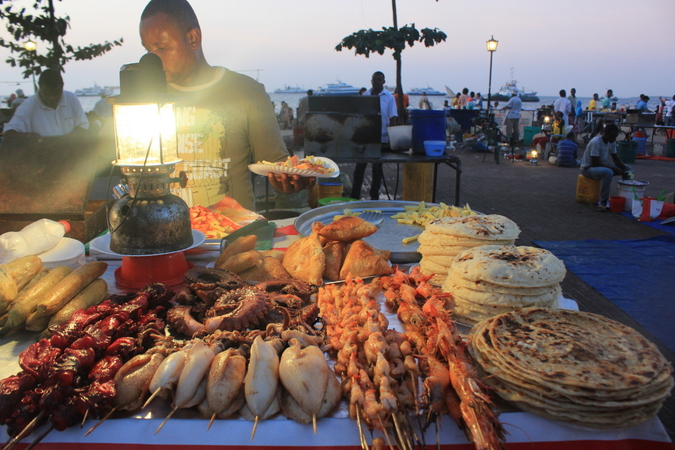
To comment on this story: Login (or sign up) to our app here - it's a troll-free safe place 🙂.![]()






